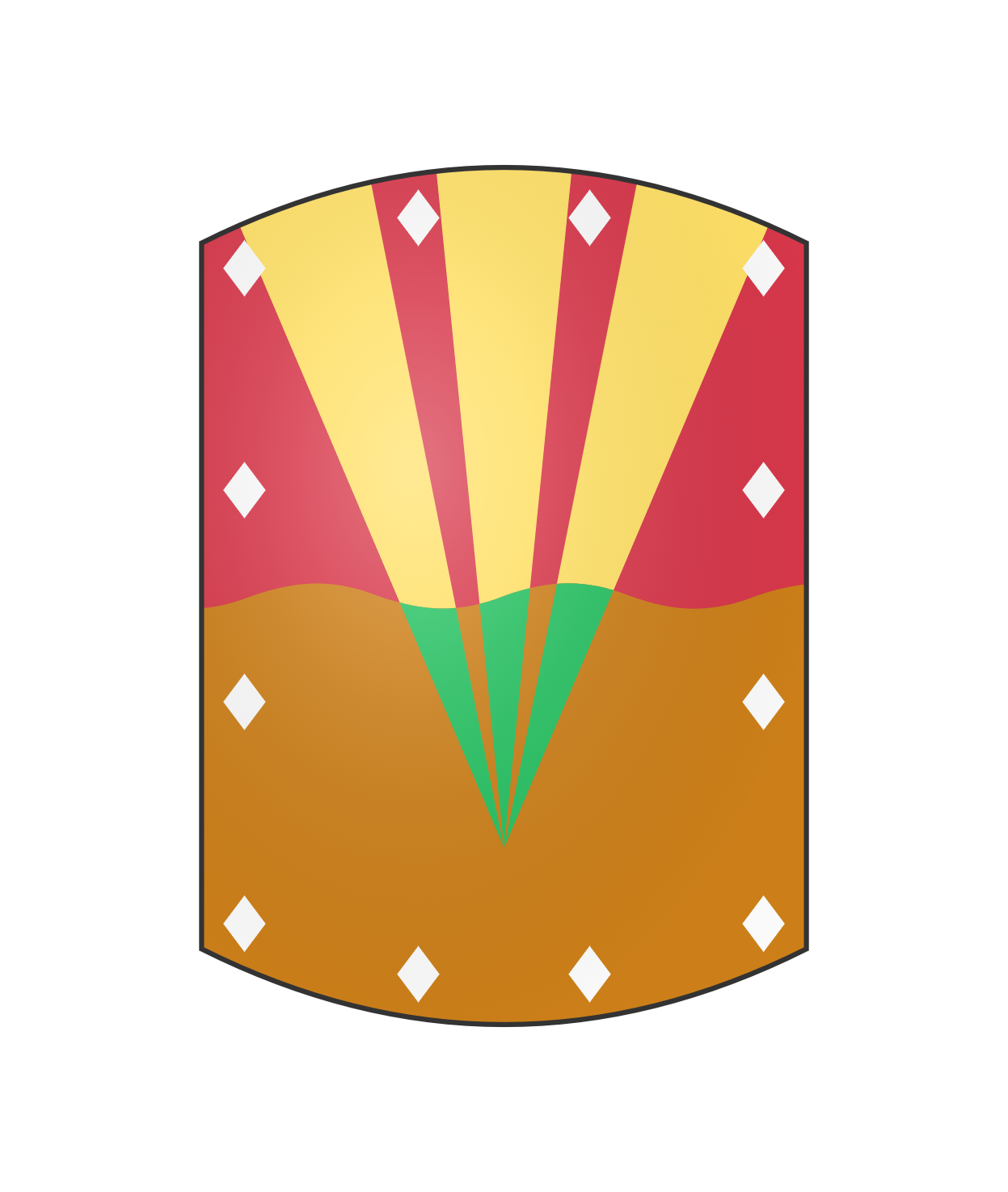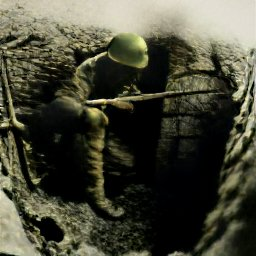Trench Duty - Shell Shock
Fire and Flame
The sound of shells cutting the air.
One of the most well known noises those on the frontline knew, anyone who'd been on the front can tell you the mood it brought, Anxiety, Concern, Fear. Only high-command, and the Centurions knew our orders a few days before we did, made sense honestly, as if we all knew what we were doing tomorrow at 0600 then we'd have far more desertions then we already have. No one wants to be stuck in a pit with bombs being shot over their head day and night, so they're cycled, sometimes days are quiet barring the odd pot-shot sent to the bastard the next trench over, other days you can't think, that's how hard the shelling gets. There is always the risk that one of the shells will hit the trench, detonate, incinerate and mangle everyone nearby and send a shockwave through the network, when that happens, medics and sappers are on site within three minutes.
SPC Karr, First Helnan Trench Cohort
Causes
While not a 'disease' there is an ever present risk of Shell-Shock spreading through a trench. A broad term for describing 'Warzone Insanity'. There is a cascading effect where distress and anxiety grows through the trench as more soldiers are shellshocked.
The primary cause for Shellshock
As the name implies, Artillery induced Mental distress [AIMD], however it can also be caused by long-term Suppressive fire, or witnessing 'disturbing' scenes during combat such as [REDACTED]Symptoms
Common with AIMD
People often complain of hearing 'phantom gunshots' and howitzer fire, varying from patient to patient, with the primary connection being the auditory hallucinations are often related to the cause of the patient's AIMD. As well, all patients have a set list of symptoms, including disassociation, heightened anxiety and stress levels, and moderate to extreme psychotic episodes, which themselves range from self-destructive to recklessly dangerous.More uncommon symptoms
Include psychosis, visual hallucinations and catatonia, which can last upwards of three months.In the rarest cases
Patients become extremely aggressive, and almost suicidal in their actions, however they seem to disregard any pain, past or current, as well, they are unintelligable to others, unless they are also one of the so called 'Ghost-Men' Unfortunately, most patients who suffer from severe AIMD often commit suicide, are executed, or are killed during assaults.Treatment
There is no cure for Shellshock
However treatment often includes the use of stupor-inducing chemicals, such as Opium, Alcohol and other narcotics These are often only given on the rear line, as intoxication is dangerous in more forward positions.This war is hell, but I'd rather fight it here then back home, at least my wife and son are safer there. * Unknown Helnan Rifleman.
Type
Mental
Cycle
Chronic, Acquired
Rarity
Common
Pictured above: Novisian Cpl suffering severe AIMD
Remove these ads. Join the Worldbuilders Guild












Comments